What are the roots that clutch, what branches grow
Out of this stony rubbish? Son of man,
You cannot say, or guess, for you know only
A heap of broken images, where the sun beats…
(from TS Eliot’s The Waste Land)
The email from the lab came in two days before my long-planned holiday:
“We are contacting you to let you know that your film has been processed, but unfortunately it has come out blank. We’ve inspected your negatives and it seems that the film was not loaded properly in the camera, or there may be some issues with your camera which may need investigating!” ^
“Issues with your camera which may need investigating” – that is a stressful thought just before you go away for a break when you’re hoping to get some good images with the camera. With no time to take the camera to a technician and wait for an investigation and repair, I didn’t have many options. The only answer, as far as I could see, was to work out the answer myself. Since I’m not a technician, all I could do was load up a roll of black and white film which I could develop at home, and then shoot and develop it to check for problems. In no more than 48 hours.
The camera is question is my Hasselblad 500cm, so I was especially keen for there not to be a problem with the camera or back. Having mourned my lost images of cherry blossom and bluebells on a roll of Portra 400, I loaded the same back with a roll of Fomapan Creative 200, a film I have a mixed relationship with. I like high contrast films with emotive dark shadows and strong highlights, but this particular emulsion pushes it too far for my taste. It’s just too hard to get reliable images in changing light – and changing light is pretty common with our British weather. But partly for cost reasons and partly because I have several rolls of it to use up, it is my go-to film for testing cameras. I have been using it a fair bit this year when tinkering with pinhole cameras (more on that another time) so it was an easy choice for this particular task.
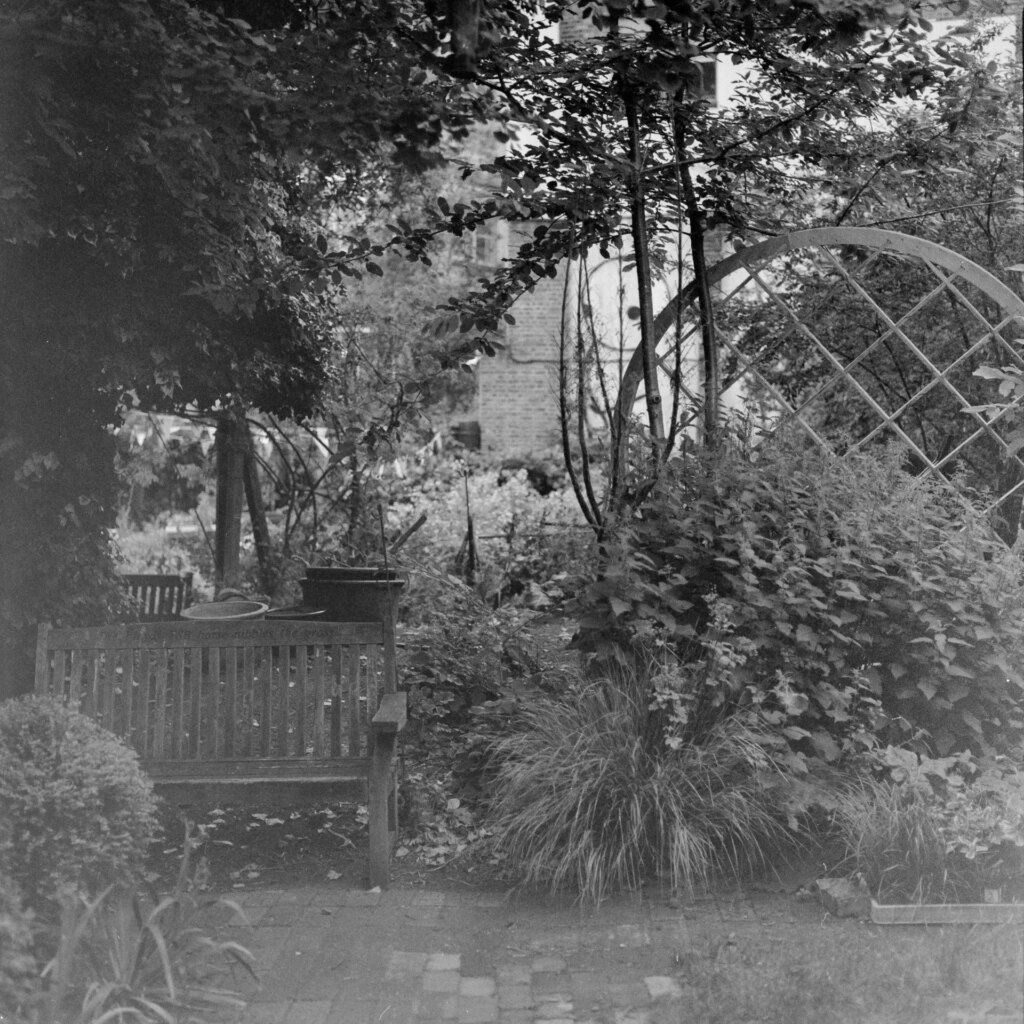
I only had one narrow window to shoot a roll of film. I had Tuesday and Wednesday morning to work with, before the car needed to be packed – with or without the camera – on Wednesday afternoon. That meant shooting the whole roll on Tuesday before developing on Wednesday morning. Thankfully, I had an appointment in one part of London at 12 noon on Tuesday and a meeting across town at 2.30 in the afternoon. Once the appointment was done, that gave me just under two hours to get from one to the other, have lunch, and shoot as much as possible of an entire roll of 120 film – 12 images. That is much faster than I usually get through a roll of film. Sometimes it takes me months. Even when testing cameras or new film stocks, I never like to take pointless shots on film – it’s too valuable – so I wanted to try, at least, to get a few images worth keeping out of the roll. If I got any images at all! The challenge was set.
Thankfully, London is not a hard place to find photographic subjects, even if you’re not a street photographer. My meeting was close to the Barbican, London’s concrete fortress of brutalist architecture, which was built in the 1960s and 1970s as an upmarket residential estate and arts complex. It is a form of architecture that most people either love or hate. And I am definitely not a fan of concrete.
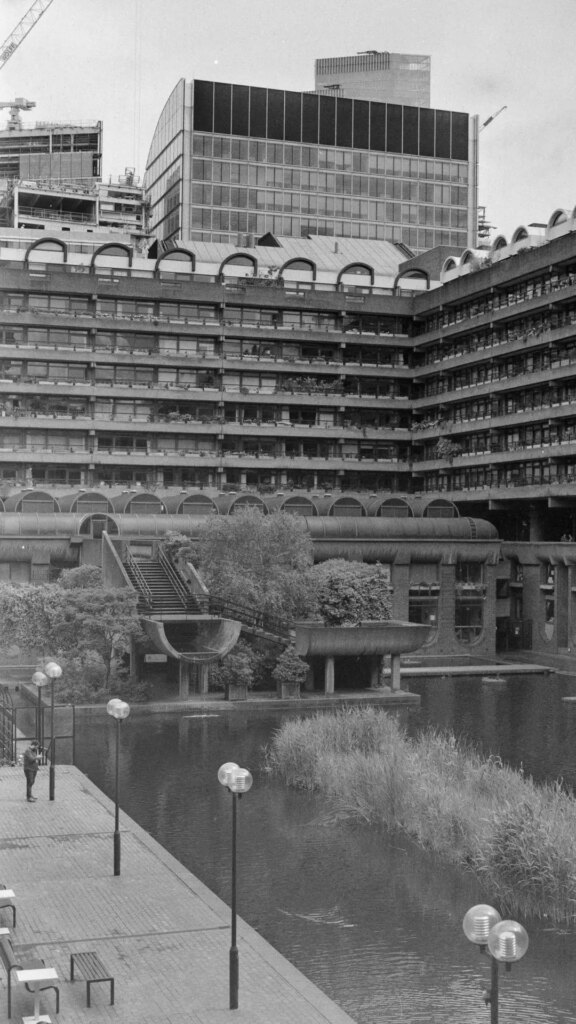
Whatever your views on the style of architecture, you have to be impressed by the vision of the architects who designed the Barbican as a centre of arts and city centre living. It’s interesting to see that vision of a new role for this part of London still being lived out, with relatively few changes, half a century later.
And what of the camera and the photos? As you can see, the problem with the completely blank roll must have been my error. I can only guess that I loaded the roll with the backing paper facing the lens. A basic and frustrating error, but given the options, I’ll take a wasted roll of Portra over a broken Hasselblad. One point I have found though is that the light seal on the dark slide is loose, which means we have light leaks across the roll and the light seal itself intruding into some of the images. So that will need fixing, and I was glad to know about it before my trip! Some of the images in this article have been cropped to retain a useable image despite this problem.
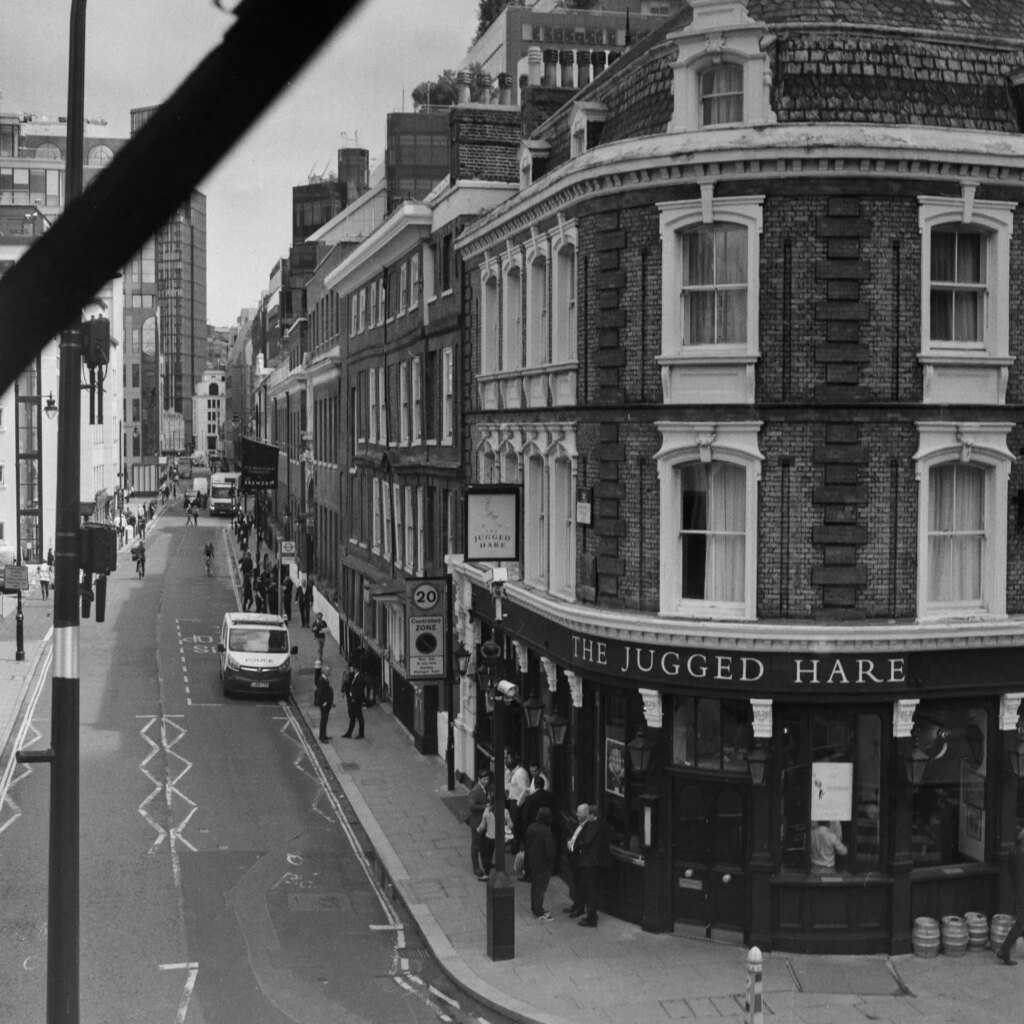
Overall, it’s not the best roll of photographs, but I am pleased with some of the images and I wanted to share some of the experience of shooting the roll and testing the camera. I think it’s an important part of the online analogue community that we share the experience of shooting film, not just our very best images. And despite the problems, I’m pretty pleased with the test roll overall. The first few frames were underexposed, because of an error in calculations when I was compensating for the yellow filter I almost always use when shooting black and white film. I say an error in calculations – it was more a moment of careless stupidity when I set my meter to EI 160, which is what I use when shooting 400 speed film with a yellow filter, rather than the EI 80 necessary for Fomapan 200. Combined with the broken light seal, it’s taken a lot more digital dodging and burning to get these negatives into useable photos, but I’m pleased that it wasn’t an entirely wasted effort.
Looking back at the roll, it’s interesting to see what catches my eye. This was a much more impulsive shooting process than my usual approach with 120 film, where I might go out for an hour and take only one or two shots, or sometimes none at all. And with the instinctive shooting, you can see my areas of interest coming through. Surrounded by the architecture of the Barbican, most of my shots from there – and certainly the ones I’m happiest with – are of the lake and the old church of St Giles Cripplegate+.
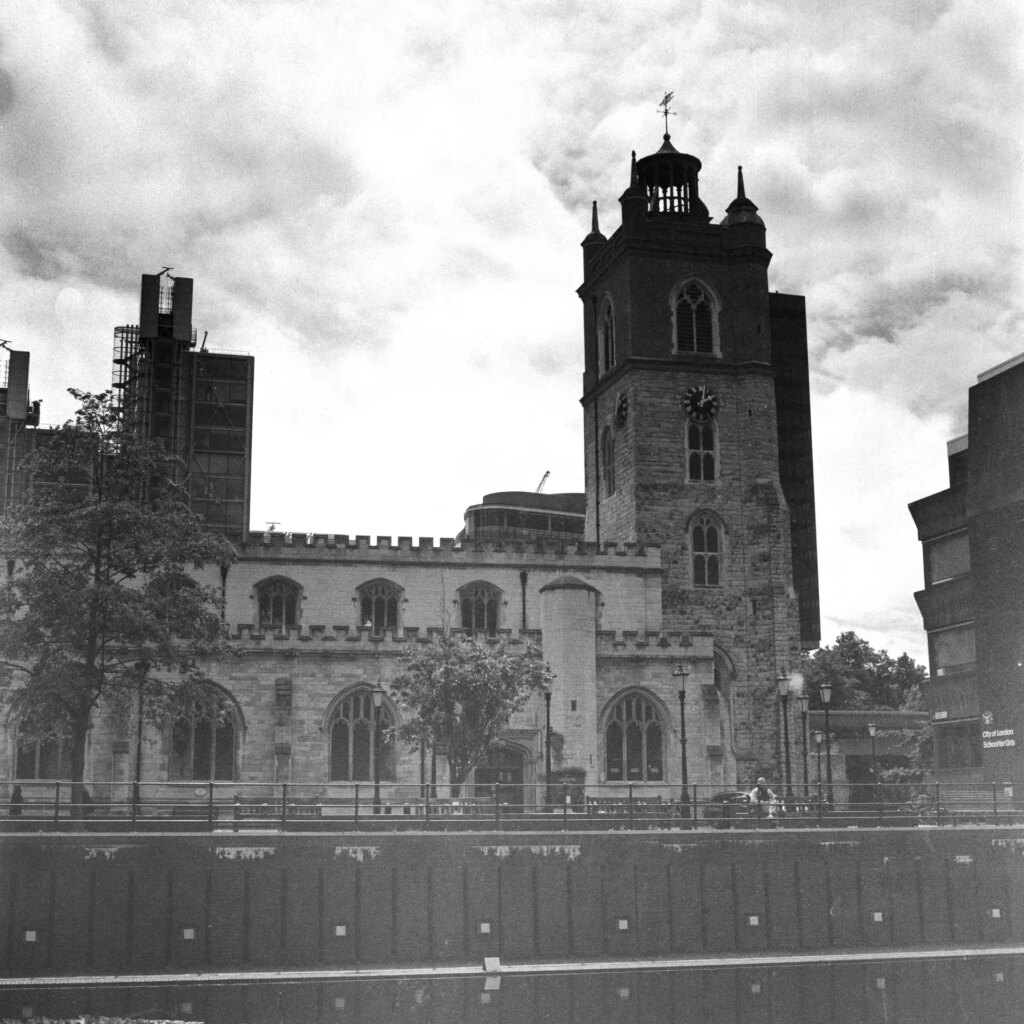
There is another unexpected theme from these images, which is of regeneration and renewal. The Barbican was built in an area of land devastated by bombing in the Second World War. The Phoenix Garden, a beautiful enclave in Soho where I stopped to eat my lunch, is a community garden built on a plot which was also flattened by bombing in the war. Out of destruction and death, both have ultimately become places of beauty and art – one fashioned from concrete, the other fashioned from plants.
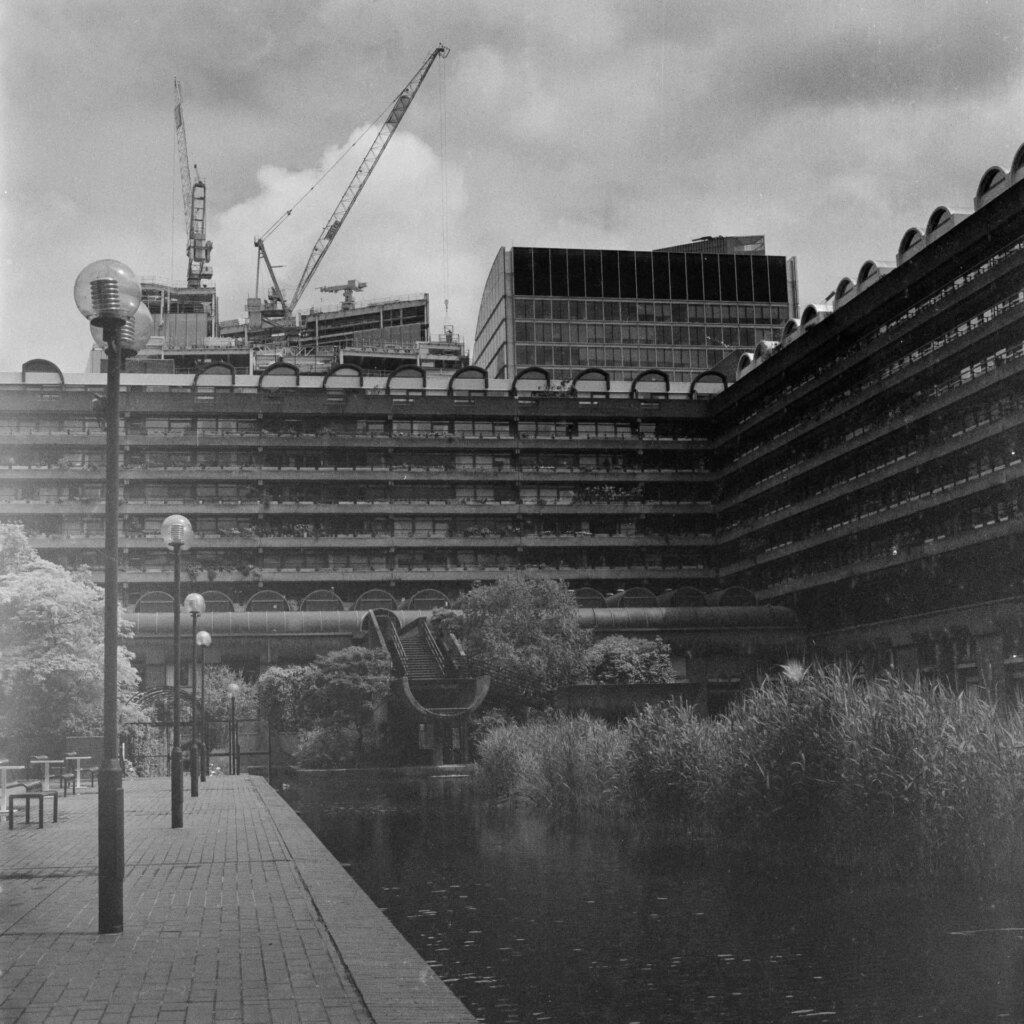
If you’d like to see more of my images, generally with fewer light leaks and other defects, you can follow me on Instagram at @pjahlquist
Notes
All images are shot with the Hasselblad Zeiss Planar 80mm f2.8 on Fomapan 200 Creative. The film was semi-stand developed in Rodinal 1:100 before being scanned with a DSLR and pixl-latr.
^ All credit to the team at The Analogue Wonderlab for doing their best to recover anything from the roll, alas with no success!
+ officially St Giles-without-Cripplegate, which is on any view an odd name for a church. The whole Barbican area is built in what used to be known as the Cripplegate area of London. Cripplegate was the northern gate in the ancient city wall, named either (depending on which source you believe) after the disabled people who used to gather there to beg, or as a derivative of crepel-gate, crepel being an Anglo-Saxon word for a covered passageway. The City had six other gates, the names of which are mostly still known as streets or stations in London’s modern geography, such as Moorgate and Aldgate (two Tube stations) and Newgate, most famous for the prison which stood there for 700 years before being demolished in 1904. The current church of St Giles was built in the 1300s (with the tower added in the 1680s), and has had numerous famous congregants. The poet John Milton is buried there; Oliver Cromwell, who ran England for part of its brief period as a republic following the Civil War, was married in the church in 1620.
Share this post:
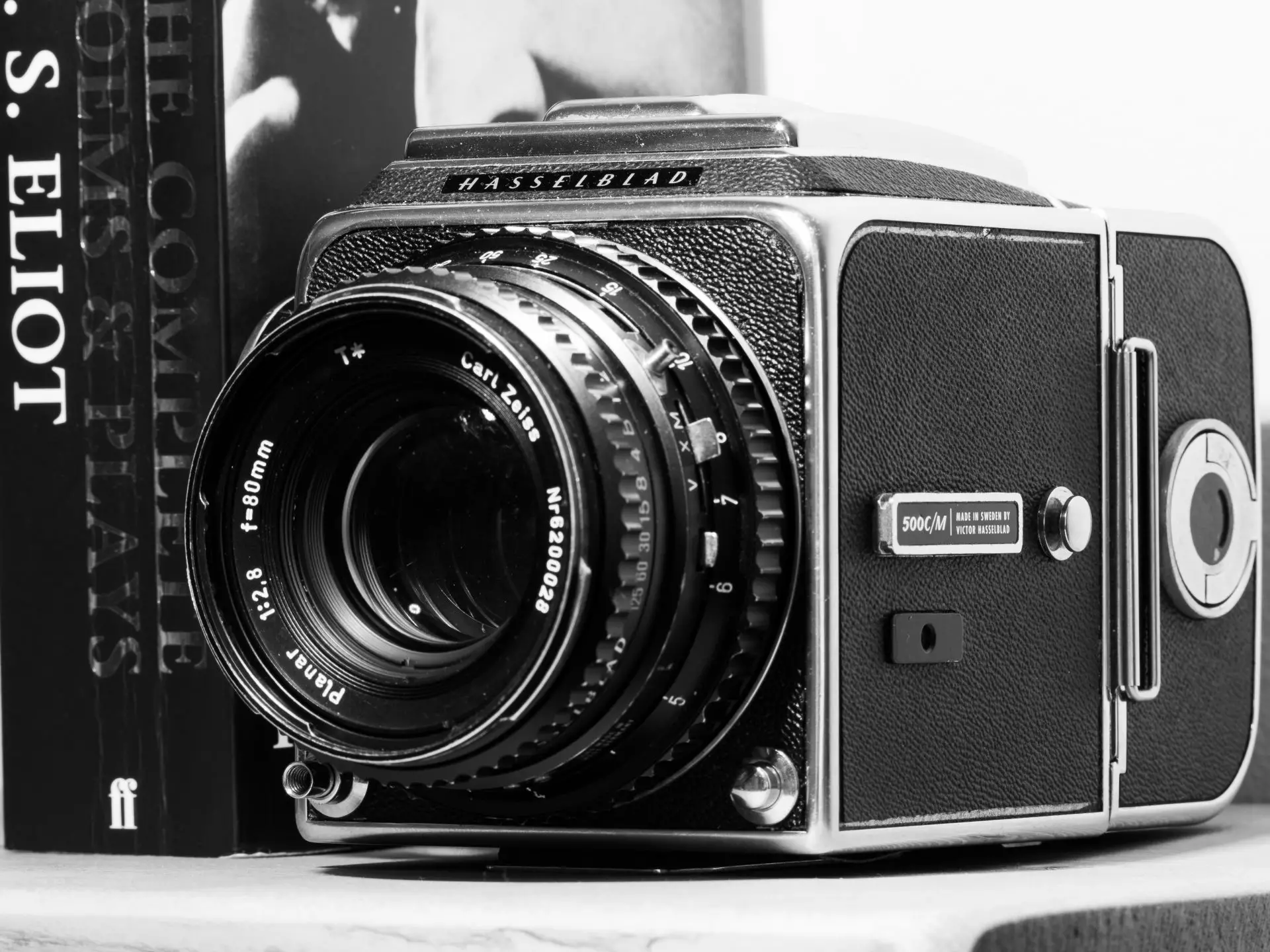
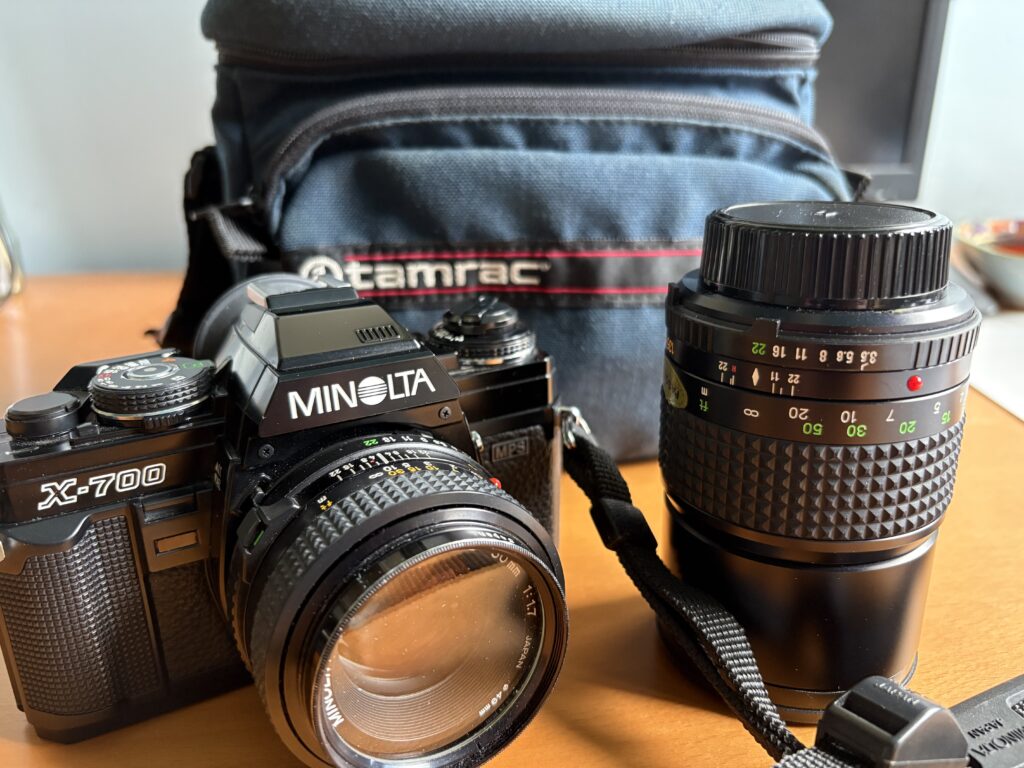
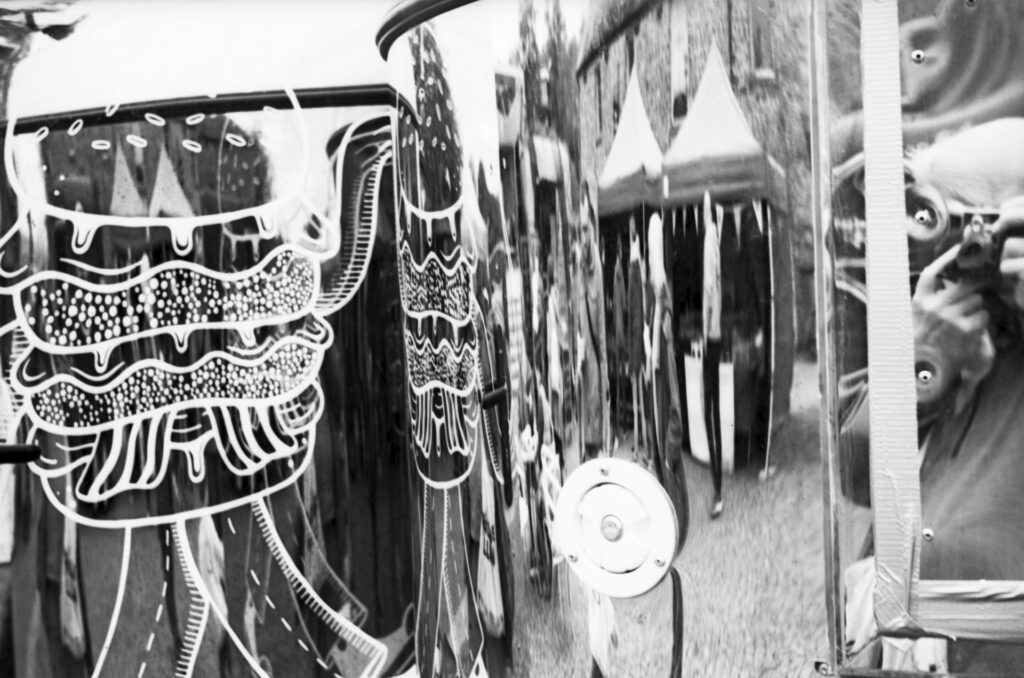
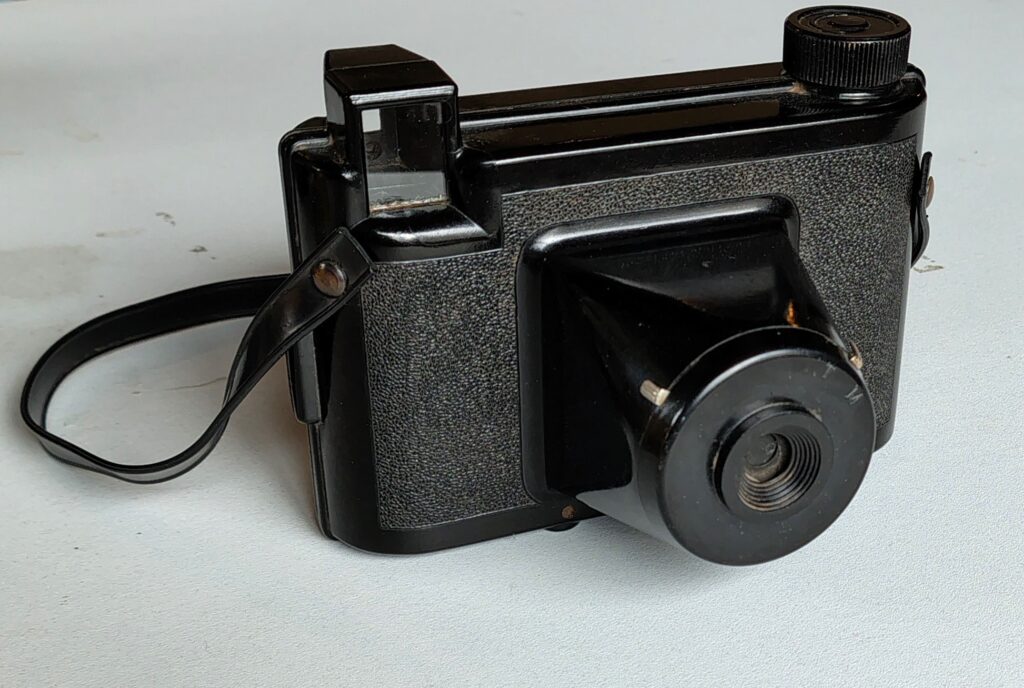
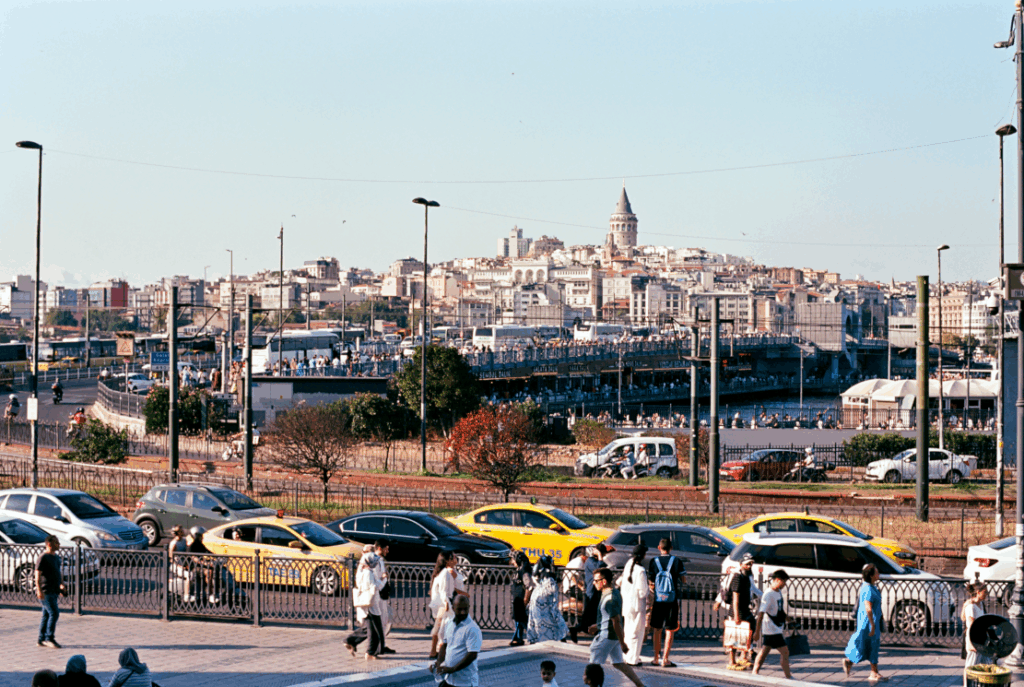




Comments
Eric Norris on 5 Frames with a (possibly broken) Hasselblad 500cm – By Philip Ahlquist
Comment posted: 20/09/2022
—Eric
Comment posted: 20/09/2022
Clive Prothero-Brooks on 5 Frames with a (possibly broken) Hasselblad 500cm – By Philip Ahlquist
Comment posted: 20/09/2022
Comment posted: 20/09/2022